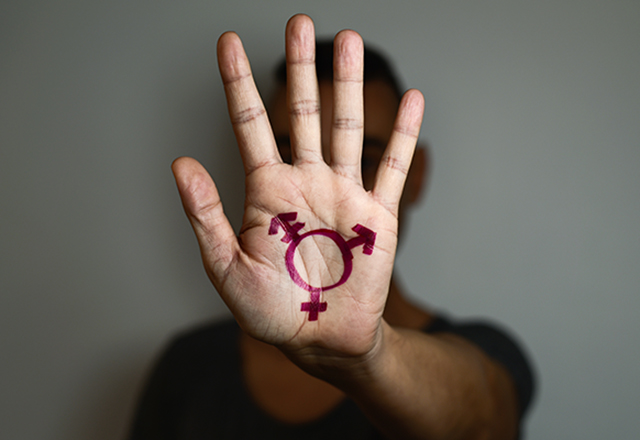Gender Affirmation Surgeries
Featured Expert:
Surgeries are not required for gender affirmation, but many patients choose to undergo one or more surgical procedures. Talk with your doctor to discuss what surgical options may be right for you. The following is an overview of gender affirmation surgeries.
- Penile construction (phalloplasty/metoidioplasty): This surgical procedure can include removal of the vagina (vaginectomy), reconstruction of the urethra and penile reconstruction. Surgeons may use either vaginal tissue or tissue from another part of the body to construct the penis.
- Vaginal construction (vaginoplasty): This surgical procedure is a multistage process during which surgeons may remove the penis (penectomy) and the testes (orchiectomy), if still present, and use tissues from the penis to construct the vagina, the clitoris (clitoroplasty) and the labia (labiaplasty).
- Top surgery is surgery that removes or augments breast tissue and reshapes the chest to create a more masculine or feminine appearance for transgender and nonbinary people.
- Facial gender surgery: While hormone replacement therapy can help achieve gender affirming changes to the face, surgery may help.
- Facial gender surgery can include a variety of procedures to create more feminine features, like reshaping the nose; brow lift (or forehead lift); chin, cheek and jaw reshaping; Adam’s apple reduction; lip augmentation; hairline restoration; and earlobe reduction.
- Facial gender surgery can also include a series of procedures to create more masculine features, such as forehead lengthening and augmentation; cheek augmentation; reshaping the nose and chin; jaw augmentation; and thyroid cartilage enhancement to construct an Adam’s apple.
- Hysterectomy: This surgical procedure includes the removal of the uterus and ovaries (oophorectomy). There are options for oocyte storage and fertility preservation that you may want to discuss with your doctor.
- Orchiectomy is surgery to remove one or both of the testicles, the two oval glands inside the sac called the scrotum. Bilateral orchiectomy ― removing both testicles ― may be part of gender affirmation treatment for women who are transgender and people who are nonbinary.
- Some people may combine this procedure with a scrotectomy, which is surgery to remove all or part of the scrotum. For others, the skin of the scrotum can be used in vulvoplasty or vaginoplasty ― the surgical construction of a vulva or vagina.
- The procedure reduces testosterone production and may eliminate the need for continuing therapy with estrogen and androgen-suppressing medications. Your health care practitioner will discuss options such as sperm freezing before orchiectomy that can preserve your ability to become a biological parent.
Recovery After Gender Affirmation Surgeries
Recovery time from a gender affirmation surgery or procedure varies, depending on the procedure. Talk to your doctor about what you can expect.
Treatment Caring for Transgender Patients
Fearing discrimination and hostility, transgender people are often reluctant to seek care. Discover how Paula Neira, Program Director of LGBTQ+ Equity and Education, Johns Hopkins Medicine Office of Diversity, Inclusion and Health Equity, is working to ensure that all patients — regardless of gender identity — are treated with dignity and respect.







